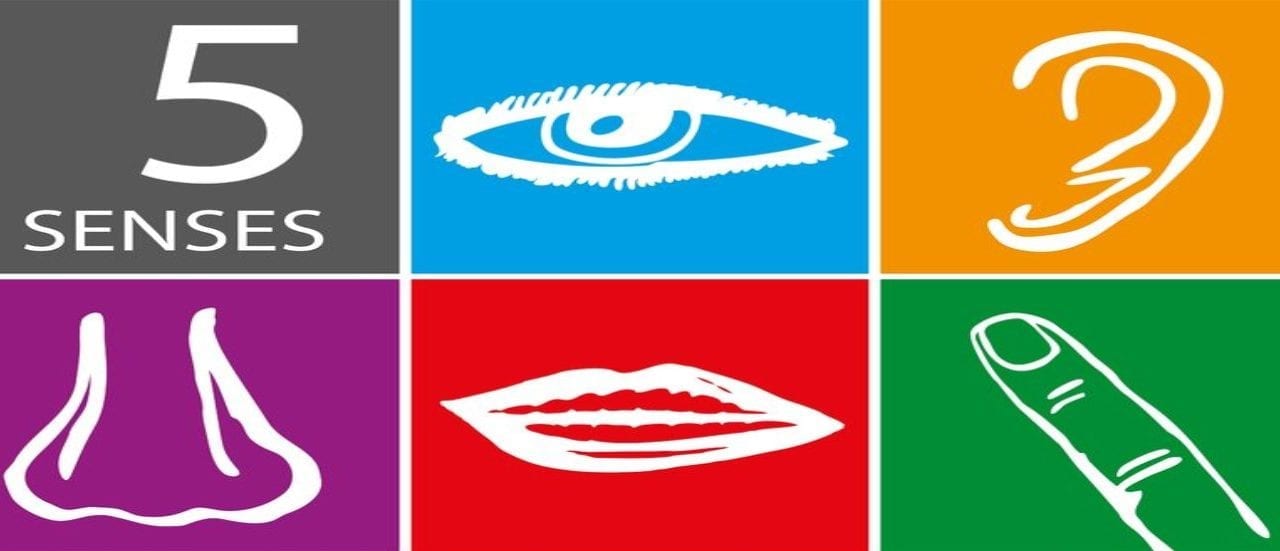Sodexo collaborated with University of Ottawa’s Life Research Institute to study the effect of sensory loss on quality of life.
By Susan Saldibar
I have “superficial sensory neuropathy” on my feet and, to a lesser degree, on my fingers. While it has no impact on my ability to function, I am always aware that I am not feeling textures and hot and cold as well as I used to.
So, when I heard that Sodexo (a Senior Housing Forum partner) had collaborated with University of Ottawa’s Life Research Institute to study the effect of sensory loss on quality of life, I was pretty interested.
Plenty of Room For Improvement in Senior Living
What the study found was plenty of room for improvement in senior living communities in terms of how proactively they monitor residents’ senses and the adjustments they make to maintain a higher quality of life. There continues to be a tendency in communities to take a broad-brush approach to sensory loss, with action being taken only when issues become obvious.
To share just a few of the findings and suggestions from the Sodexo/University of Ottawa study, I put a simple grid together that identifies each sense, the issues associated with loss and, what Sodexo refers to as “sense-sensitive” action that should be taken to help counteract the loss.
|
Sense |
Impact of Loss |
Sense-Sensitive Actions |
|
Hearing |
Impacts ability to socially interact with others. |
Minimize mechanical noises from HVAC systems, cleaning, landscape equipment. |
|
Sight |
Impacts mobility, recognition and ability to perform daily tasks |
Using signage creatively to prevent disorientation. Conducting regular eye exams and making sure eyeglasses are easily within reach of residents. Using colorful plates and dishes to identify different food items. |
|
Taste |
Impacts appetite and can lead to poor nutrition, weakness, illness |
Ensuring that your chef is well trained on using spices and other natural seasonings to add bolder taste to dishes. |
|
Smell |
Impacts taste and can lead to safety issues (i.e. cannot smell smoke or gas) |
Creating a kitchen/dining room configuration that facilitates closer proximity of residents to capture the aroma of foods as they are being prepared. Providing special sensors and gauges to alert staff of smoke or gas detection. |
|
Touch |
Impacts tactile stimulation, increases sense of isolation. Increases risk of dropping things and injury (unable to feel heat, cold or sharp objects) |
Encouraging more hands-on engagement by residents. Encouraging hugs, petting animals and generally putting them into contact with pleasing surfaces and fabrics. Ensuring that residents are supervised around areas with hot and sharp objects. |
Healthy Aging and Maintaining Existing Lifestyles
This is just the tip of the iceberg. Sodexo goes far beyond offering tips. They have developed a new program to aid communities in assessing sensory loss and optimizing the environment to maintain a high quality of life. Their program involves a comprehensive audit process as well as training of personnel to better recognize and make adjustments for residents with sensory loss.
There is much more to Sodexo’s research and programs than I have covered here. But my personal take away from all this is that communities need to recognize that tomorrow’s resident (which could be me) is no longer going to be content to sit in a hallway, isolated because of sensory loss. We now live in a world where so much more attention is being placed on healthy aging and maintaining our existing lifestyles, as long as possible.
Our Job Is To Enable Well-being
The Sodexo article includes insight from leading experts, such as noted author and physician, Atul Gawande, who says, “We’ve been wrong about what our job is in medicine. We think our job is to ensure health and survival. But really it is larger than that. It is to enable well-being.”
As a boomer who is beginning to feel the effects of hearing, vision and touch sensation loss, I carry hope that Dr. Gawande’s words are being heard and Sodexo’s programs are being followed. I also hope that my care providers will be 100% on top of my sensory deficits and using every means possible to keep me tuned into the world around me. Don’t you?
You can read the full Sodexo study here. It contains more detailed information and steps your community can take to better recognize and make quality of life adjustments for sensory loss. It also has a link to actual study results.
For more information about Sodexo, please visit their website:
Click on the button below to download a PDF copy of this article:







